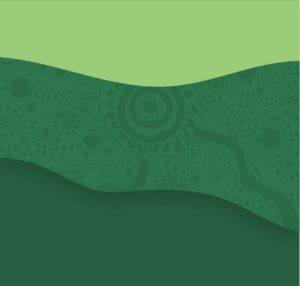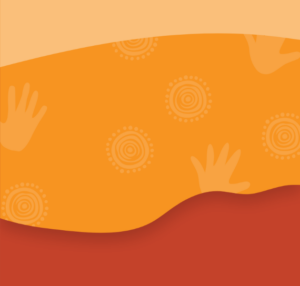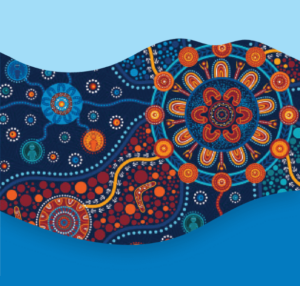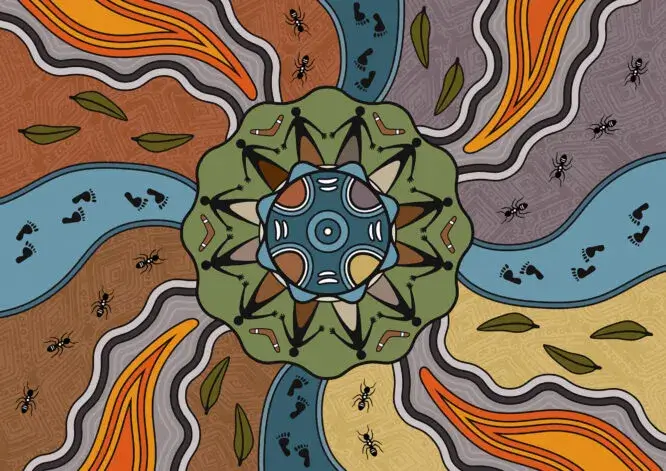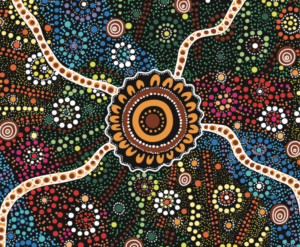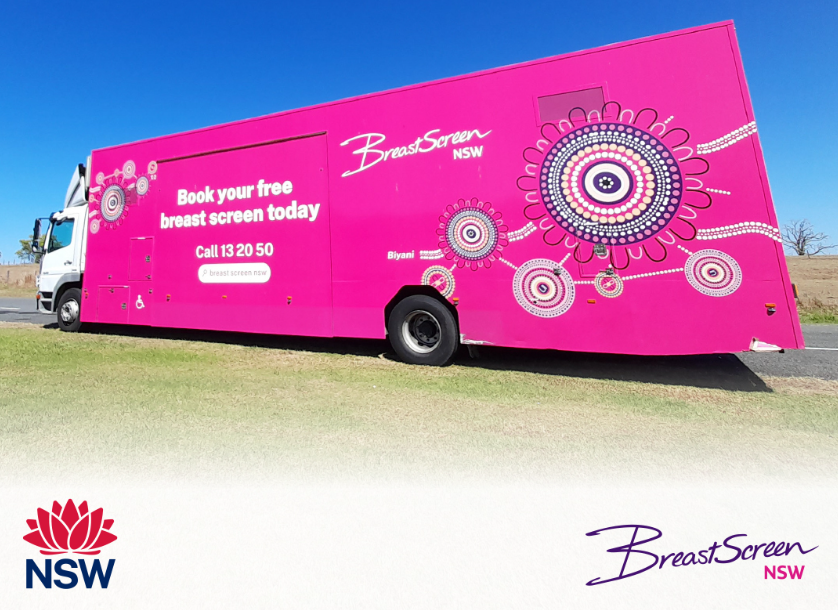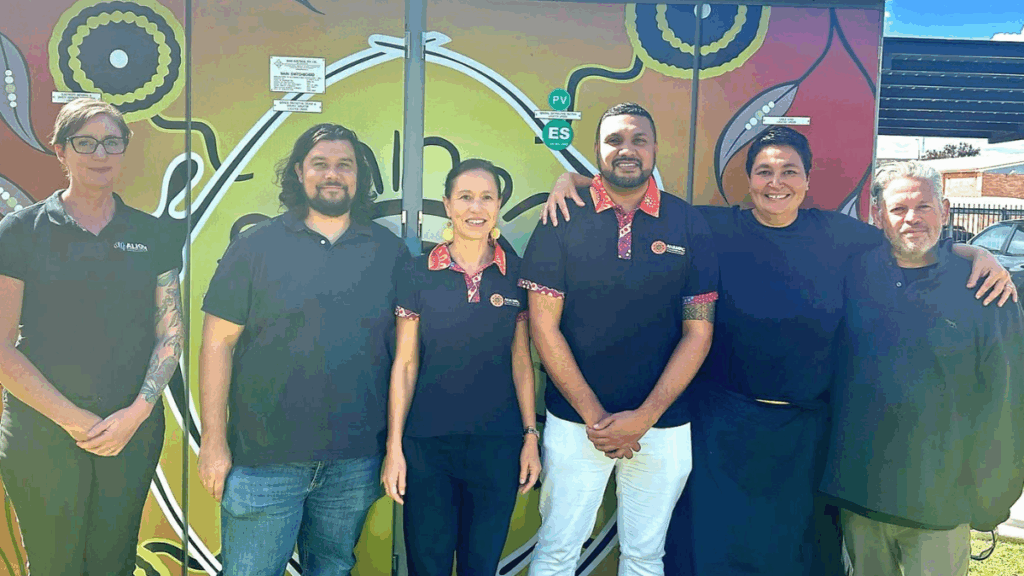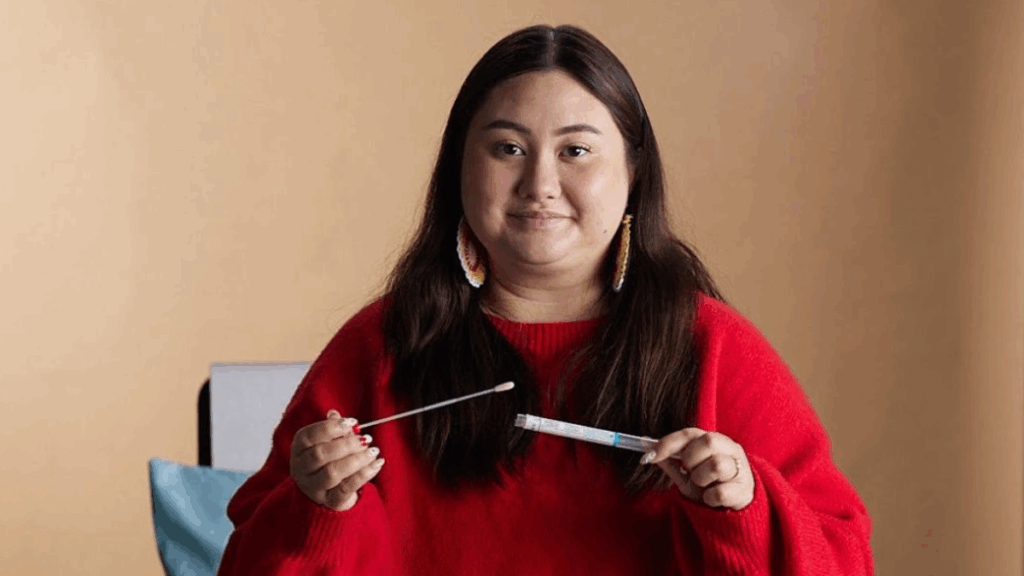Breast screening (i.e. with mammograms) every 2 years is recommended for Aboriginal and Torres Strait Islander women in NSW aged 40-74 years. In addition to the routine mammogram result that is sent to the GP it is expected that, later this year, BreastScreen NSW will include a Breast Density report.
Breast density refers to the proportion of fibroglandular tissue (i.e. milk ducts, milk glands, supportive tissue) to fatty tissue. Breast density can only be seen on a mammogram; it cannot be assessed/felt during a breast examination.
Although it is common and normal to have dense breasts, reporting on breast density as part of breast screening is important for 2 main reasons:
- Breast density has an impact on how effective screening is as increased density can mask or hide cancers, potentially making cancer detection less accurate. This is because dense tissue and breast cancers both appear white on a mammogram.
- Higher breast density is one factor associated with an increased risk of breast cancer.
Please see Dense breast tissue and screening mammograms (BreastScreen NSW) for more details.
The findings of one study, which investigated breast density of women in Western Australia, demonstrated that:
- Aboriginal women, on average, had lower breast tissue density compared to non-Aboriginal women;
- However, the association between dense breast tissue and increased risk of breast cancer is stronger in Aboriginal women than in their non-Aboriginal peers.
These findings suggest that mammograms are a “particularly good screening tool for Aboriginal women“. They also demonstrate that Indigenous status should be taken into account when using breast cancer prediction tools.
Clinicians discussing breast screening results with their patients will also need to be able to explain the breast density report.
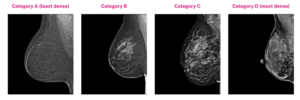
It is important that women understand that although some risk factors such as Breast Density cannot be changed, it is possible to reduce the risk of breast cancer by improving diet, reducing alcohol intake, maintaining a good weight and getting some exercise. More information about breast cancer risk is available on the Cancer Australia website.
Breast screening with mammograms is essential to detect breast cancer as early as possible.
